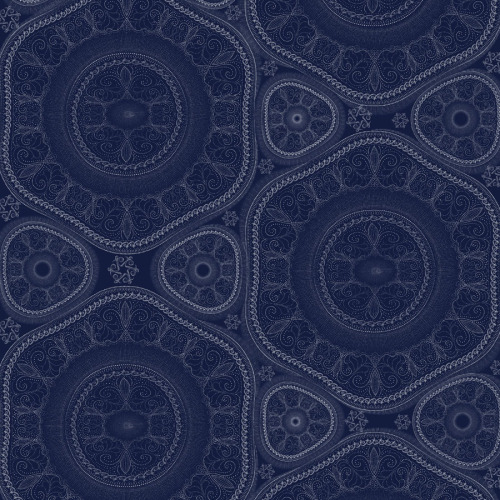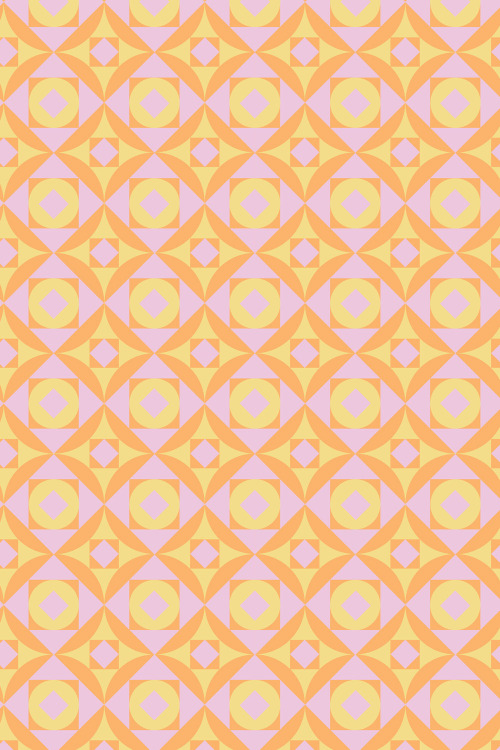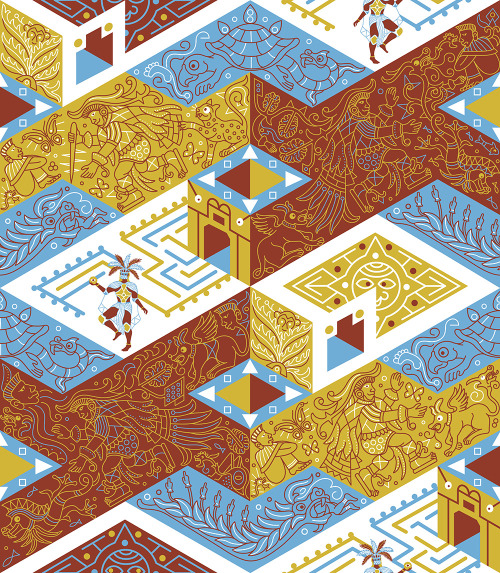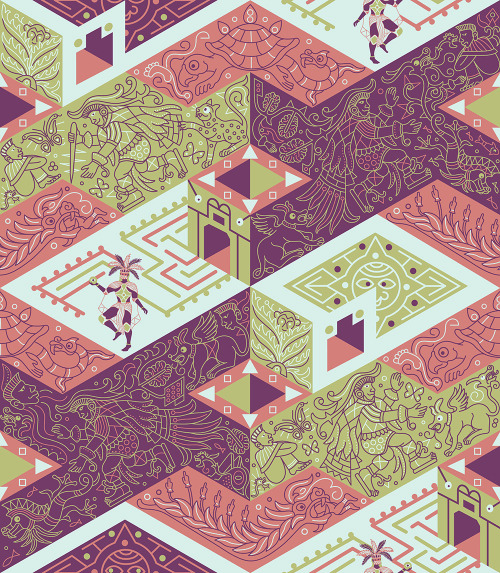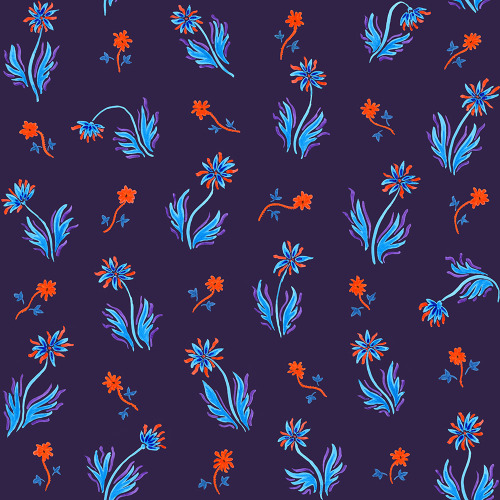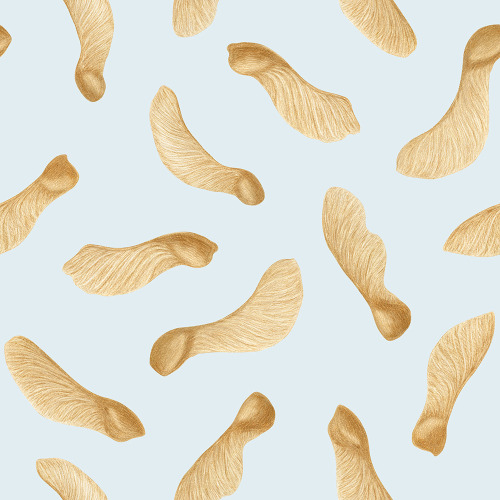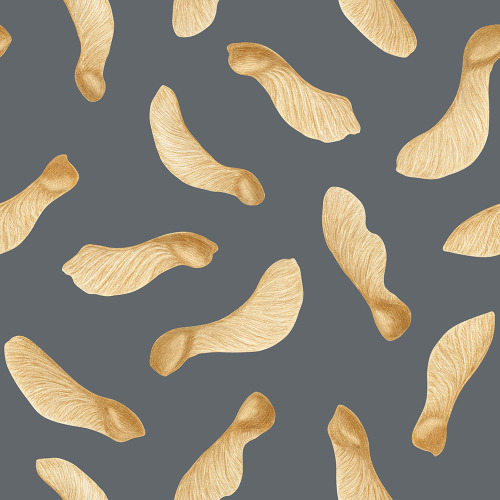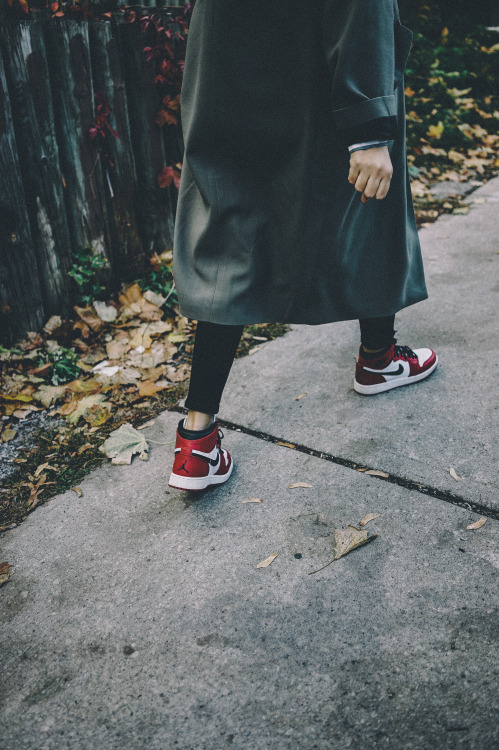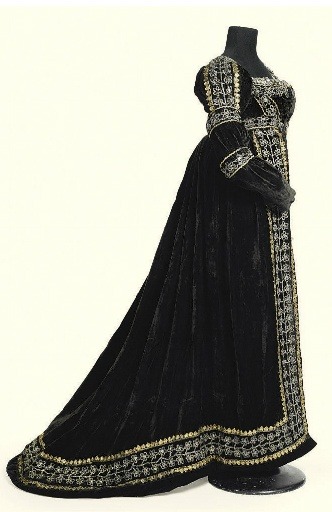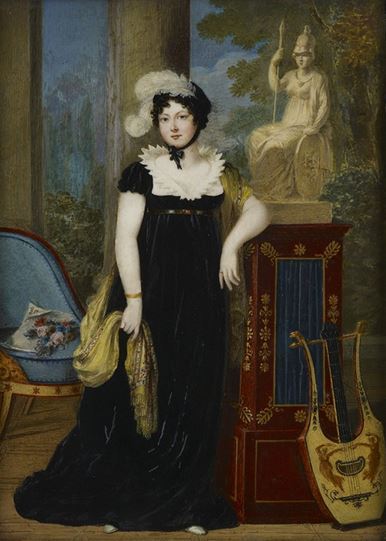#womenswear
Relax, Rejuvenate, and Refresh⠀
⠀
⠀
.⠀
.⠀
.⠀
.⠀
.⠀
.⠀
#weloveshoes #spring #heels #stylish #picoftheday #photooftheday #shoes #jewelry #fashionista #instagood #fashiondaily #instafashion #womensfashion #beauty #womenswear #shopping #ootd #womenstyle #fashionblogger #style #fashion #love #beautiful #streetstyle #outfit #model #design #instastyle #summer #picoftheday
https://www.instagram.com/p/B-r8tiSpeYQ/?igshid=mzrlceeiuoyi
Post link
From the Fashion Museum Bath:
Cream silk gauze Madras lace frock with silk satin detail, 1817
I had decided to set G&G in the year 1818 before I looked into specific fashion trends around that time. I was interested to discover that this happened to be a period of transition from the “Classical” styles seen earlier in the Regency Era (and in most Jane Austen adaptations) to the “Romantic” styles popular from the 1820s-1840s. (See also this previous post.)
This gown is a really nice example of this in-between phase in women’s fashion during the late 1810s and early 1820s. It’s classic white, but covered all over in lace and ribbon. The waistline is still above the natural waist, although not as high as it would have been a few years earlier. The skirt is fairly straight, but edging towards the conical shape that would be popular for the next few decades. The short, puffy sleeves also show the transition from the simple, close-fitting short sleeves seen on evening gowns earlier during the Regency Era and the huge “leg of mutton” style long sleeves seen from the mid-1820s into the 1830s.
Post link
1810 John James Masquerier - Two Sisters
My initial assumption was that the sister on the right was in mourning, but then I noticed the red ribbon on her sleeve and decided she was probably just a Goth.
Post link
“Portrait miniature of a woman (traditionally identified as Princess Henriette of Nassau-Weilburg”(c.1808).German School.
Post link
Close-up
Portrait miniature of Angelica Catalani (1815) by André-Léon Larue, called Mansion.
© The Royal Collection
Post link
Black organza Empire style dress, c. 1800-1810. From the Centre de Documentació i Museu Tèxtil, Barcelona, item #11898.
This seems quite daring – sleeveless AND a see-through bodice! – but I’m assuming it was meant to be worn over something else.
Post link






